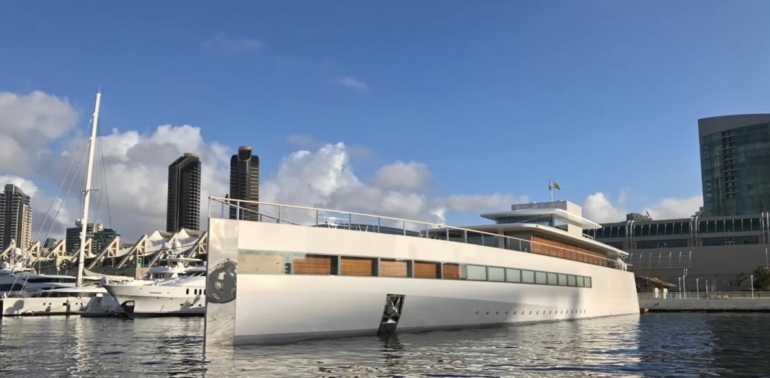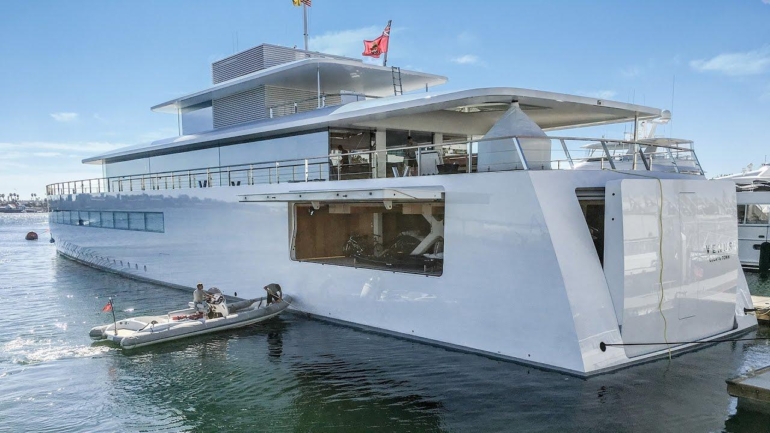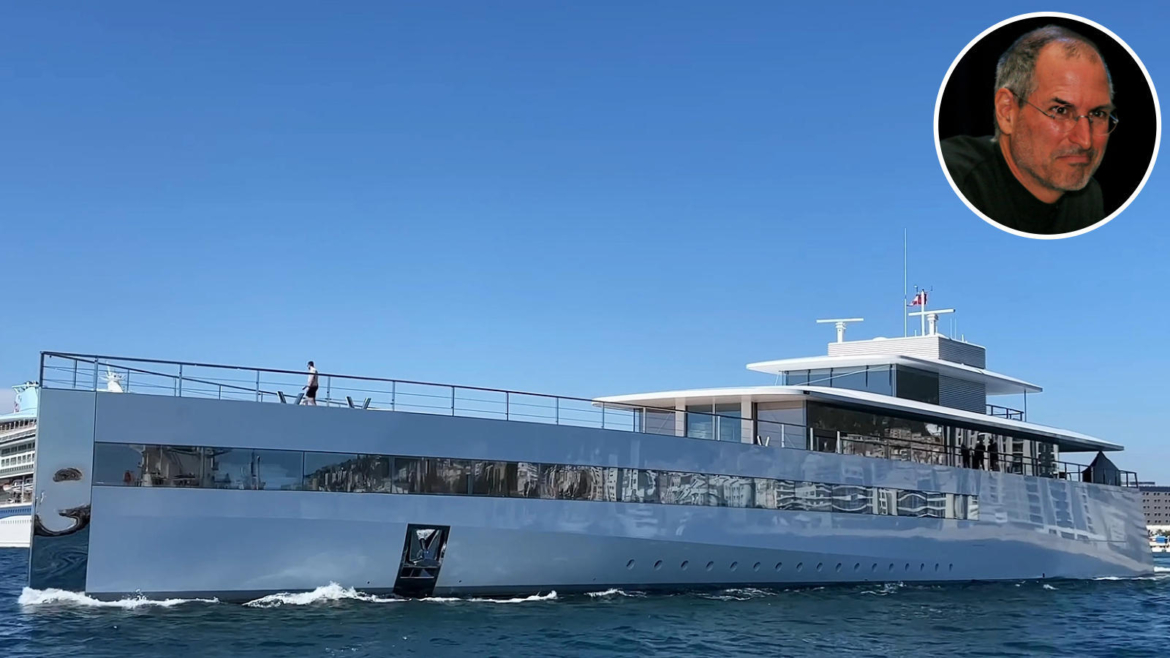In the twilight of his life, as Steve Jobs battled the illness that would ultimately take him, one vision kept his forward-looking spirit alive: Venus, the 78-meter superyacht he had commissioned but would never set sail on. This poignant detail emerged during Bill Gates‘ emotional recounting of their final meeting, offering a glimpse into Jobs’ enduring passion for design and innovation even as he faced his mortality.

The last meeting
During a May 2011 visit to Jobs’ Palo Alto home, just months before his passing in October, Gates witnessed firsthand how the yacht project had captured his longtime rival’s imagination. “He showed me the boat he was working on,” Gates revealed in a tearful “60 Minutes” interview, “and talked about how he’s looking forward to being on it, even though we both knew there was a good chance that wouldn’t happen.”

The emotional weight of this moment wasn’t lost on Gates. Despite their decades of fierce competition, the Microsoft founder described their relationship with unexpected warmth: “We practically grew up together,” he reflected, “and despite our fierce competitive nature, we shared respect for each other’s contributions.”

What made this final conversation particularly striking was Jobs’ refusal to dwell on his circumstances. “He was not being melancholy, like ‘Oh, I’ve been gypped,'” Gates recalled. “It was very forward-looking.” Even facing death, Jobs remained characteristically focused on the future.

Venus: A floating monument to minimalism
The yacht itself stands as perhaps the ultimate expression of Jobs’ design philosophy. Created in close collaboration with renowned French designer Philippe Starck, Venus embodies the sleek minimalism that defined Apple’s revolutionary products.

“From the beginning, I had complete carte blanche,” Starck explained in a 2012 interview. “The owner just gave me the length and the number of guests he wanted to accommodate, and that was it.” This approach yielded immediate results—Starck delivered the initial plans in just two weeks.

What followed was a meticulous five-year refinement process that mirrored Jobs’ famous attention to detail. “We spent just one day every six weeks, for 5 years, on refinements. Millimetre by millimetre. Detail by detail,” Starck recounted.

The guiding principle throughout was radical simplicity. “The key word between the owner and me was honesty,” said Starck. “There was no room for lies, or for fakes.” The result was a yacht that defied industry conventions. While other vessels competed to showcase opulence, Venus pursued what Starck called “the elegance of minimum.”

This philosophy extended to every aspect of the design. “There is not a single useless item inside…. Not a single useless pillow, or a useless object,” Starck noted. “In that sense, it is the opposite of other boats. Other boats try to show off more and more. Venus is revolutionary. It is the extreme opposite.”
Jobs’ response to seeing the finished design spoke volumes: according to Starck, he told the designer it was “better than in all my dreams… Which for him was a lot!”
A legacy afloat
Though Jobs never experienced life aboard his meticulously designed vessel, Venus continues to sail today under the stewardship of his widow, Laurene Powell Jobs. According to publicly available tracking data by Marine Traffic, the stunning vessel is currently close to the shore of West Palm Beach in Florida.

The distinctive aluminum-hulled yacht, with its clean lines and expansive glass surfaces, occasionally makes headlines when spotted in various ports around the world.
For Gates, who built his own fortune as Jobs’ most formidable competitor, the memory of their final conversation clearly remains deeply moving. The image of Jobs, facing the end of his life yet still enthusiastically sharing plans for voyages he would never take, seems to have crystallized something essential about the Apple founder’s character—a relentless drive to create and imagine, even in the face of life’s ultimate limitation.
In this way, Venus represents not just Jobs’ passion for design, but his defining refusal to accept constraints—even those imposed by mortality itself.


